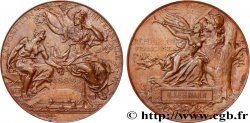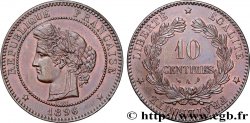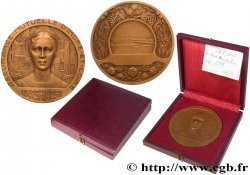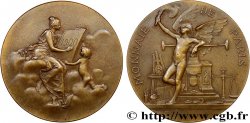fme_369946 - III REPUBLIC Médaille d’inauguration du pont Morand
无库存.
所有在网站上销售的产品 (2016)
价格 : 140.00 €
所有在网站上销售的产品 (2016)
价格 : 140.00 €
种类 Médaille d’inauguration du pont Morand
日期: 1890
铸币厂名称/城市 69 - Lyon
材质 bronze
直径 51 mm
模子方针 12 h.
硬币制模工 OUDINÉ Eugène-André (1810-1887)
重量 59 g.
侧面 lisse + corne BRONZE
关于品相的说明
Superbe médaille avec une frappe vigoureuse et une agréable patine avec le rouge d’origine autour des reliefs
正面
正面的文字 RÉPUBLIQUE - FRANÇAISE.
正面的说明书 Tête de Céres à gauche, les cheveux retenus pas un ruban et tressés avec une couronne de lauriers et de chêne.
背面
背面的文字 LYON / PONT MORAND / INAUGURÉ LE 14 JUILLET / 1890 / M. CARNOT ÉTANT PRÉSIDENT / DE LA RÉPUBLIQUE / M. YVES GUYOT MINISTRE DES TRAVAUX PUBLICS / M. GUILLAUME DIR DES ROUTES ET DE LA NAVIGATION / M. JULES GAMBON PRÉFET DU RHÔNE / M. LE DR GAILLETON MAIRE DE LYON / M. GIRARDON INGÉNIEUR EN CHEF / M. H. TAVERNIER INGR ORDEE / M. M. SCHNEIDER ET CIE / CONSTRUCTEURS.
背面的说明书 Légende en 14 lignes.
评论
Cinq ponts successifs sur le Rhône ont occupé l'emplacement du pont Morand à Lyon.
Le premier a été construit en bois par l'architecte urbaniste Jean Morand de Jouffrey, en 1774 (il n'existait alors qu'un autre pont sur le Rhône, celui de la Guillotière). Long de 208 m et large de 12 m, il a porté plusieurs noms : pont Saint-Clair, pont Rouge ou de Bois à l'origine, pont Affranchi en 1793, pont des Victoires en 1794, puis pont Morand (attesté en 1810). En 1825, ce pont s'écroule ; il est remplacé par un pont volant pendant sa reconstruction. En 1854, il résiste à la crue qui emporte le pont Saint-Clair, qui vient heurter ses piles et bloquer les eaux. Mais dans les années 1880, ce pont vétuste menace de tomber en ruine et doit être limité à la circulation.
Démoli en 1886, il est remplacé par un pont à structure métallique reposant sur des piles de maçonnerie. Ce nouveau pont est long de 214,50 m, avec une chaussée de 11 m et deux trottoirs de 4,50 m. L'arche centrale est détruite par les Allemands en 1944. Le 3 février 1945, un pont provisoire en bois, le pont du Bâtiment, est ouvert pour permettre la circulation pendant les travaux de reconstruction du pont Morand. Il est constitué d'un tablier de 205 m reposant sur dix piles sur pilotis.
Le pont définitif est rouvert le 3 avril 1948. Il est démoli à son tour en 1974 dans le cadre des travaux du métro.
En 1976, le pont actuel en béton précontraint, long de 187 m, est inauguré. Il permet au métro de circuler à l'intérieur du tablier, tandis que les automobiles et les piétons sont en surface sur une chaussée de 15,50 m de large et deux trottoirs de 2 m. Conçu à l'origine comme le premier de deux ponts jumeaux, il est dans l'alignement du projet de la percée Morand-Martinière, à la différence des ponts précédents, qui étaient dans l'alignement du cours Franklin-Roosevelt (ancien cours Morand). Ce projet ayant été abandonné, le deuxième pont Morand n'a jamais été construit..
Le premier a été construit en bois par l'architecte urbaniste Jean Morand de Jouffrey, en 1774 (il n'existait alors qu'un autre pont sur le Rhône, celui de la Guillotière). Long de 208 m et large de 12 m, il a porté plusieurs noms : pont Saint-Clair, pont Rouge ou de Bois à l'origine, pont Affranchi en 1793, pont des Victoires en 1794, puis pont Morand (attesté en 1810). En 1825, ce pont s'écroule ; il est remplacé par un pont volant pendant sa reconstruction. En 1854, il résiste à la crue qui emporte le pont Saint-Clair, qui vient heurter ses piles et bloquer les eaux. Mais dans les années 1880, ce pont vétuste menace de tomber en ruine et doit être limité à la circulation.
Démoli en 1886, il est remplacé par un pont à structure métallique reposant sur des piles de maçonnerie. Ce nouveau pont est long de 214,50 m, avec une chaussée de 11 m et deux trottoirs de 4,50 m. L'arche centrale est détruite par les Allemands en 1944. Le 3 février 1945, un pont provisoire en bois, le pont du Bâtiment, est ouvert pour permettre la circulation pendant les travaux de reconstruction du pont Morand. Il est constitué d'un tablier de 205 m reposant sur dix piles sur pilotis.
Le pont définitif est rouvert le 3 avril 1948. Il est démoli à son tour en 1974 dans le cadre des travaux du métro.
En 1976, le pont actuel en béton précontraint, long de 187 m, est inauguré. Il permet au métro de circuler à l'intérieur du tablier, tandis que les automobiles et les piétons sont en surface sur une chaussée de 15,50 m de large et deux trottoirs de 2 m. Conçu à l'origine comme le premier de deux ponts jumeaux, il est dans l'alignement du projet de la percée Morand-Martinière, à la différence des ponts précédents, qui étaient dans l'alignement du cours Franklin-Roosevelt (ancien cours Morand). Ce projet ayant été abandonné, le deuxième pont Morand n'a jamais été construit..







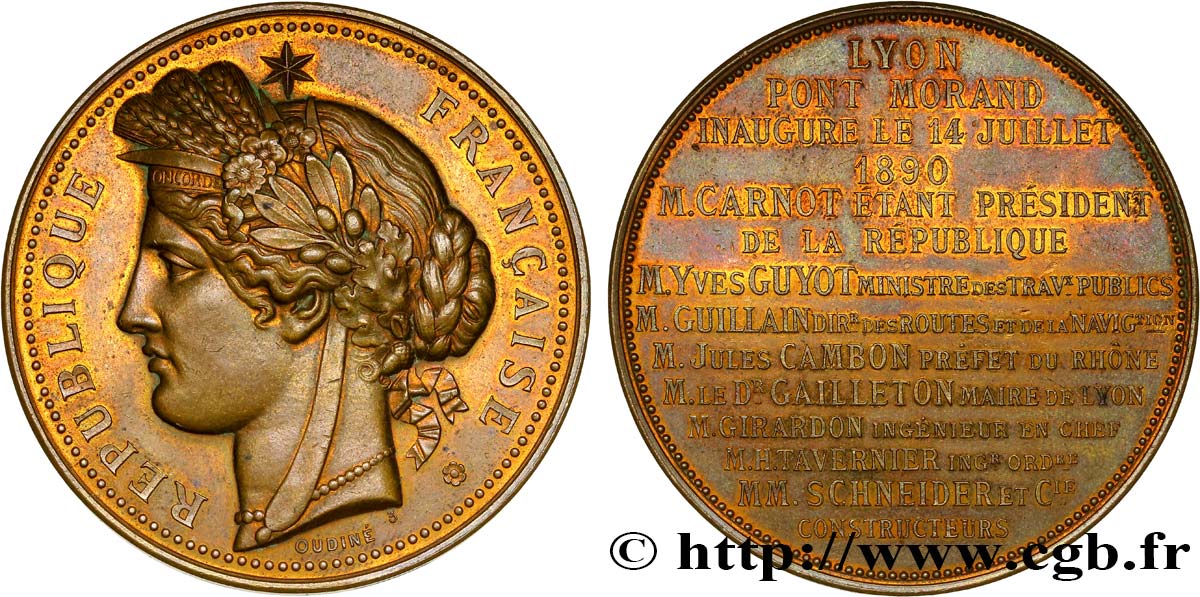
 对产品描述纠错
对产品描述纠错 打印
打印 分享我的选择
分享我的选择 提问
提问 Consign / sell
Consign / sell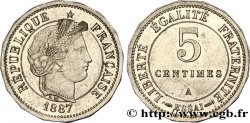
 产品介绍
产品介绍